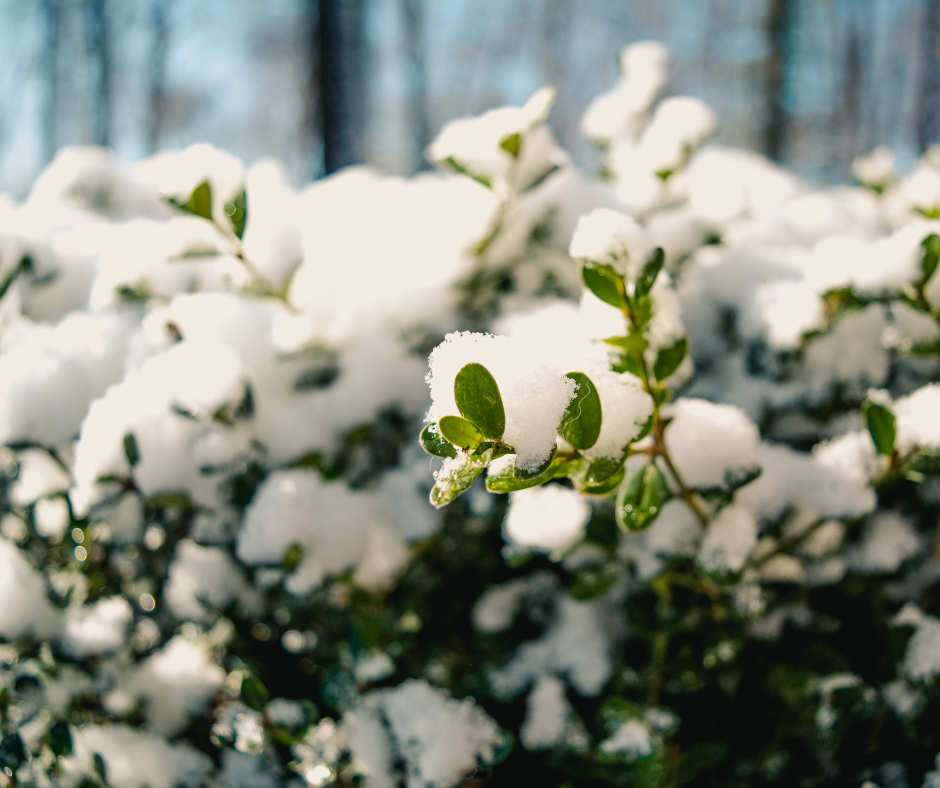 When winter unleashes its fury on North Texas with a hard freeze, many homeowners find themselves facing a yard that looks more like a botanical casualty ward than the lush landscape they remember. At Fallas Landscape, we understand the unique challenges our climate presents, and we’re here to guide you through the recovery process to restore your yard’s beauty and vitality.
When winter unleashes its fury on North Texas with a hard freeze, many homeowners find themselves facing a yard that looks more like a botanical casualty ward than the lush landscape they remember. At Fallas Landscape, we understand the unique challenges our climate presents, and we’re here to guide you through the recovery process to restore your yard’s beauty and vitality.
Assessing the Damage
The first step in landscape recovery is proper damage assessment. After a hard freeze, resist the urge to immediately prune or remove plants that appear dead. Many plants that look devastated may still have life in their roots and stems. Wait until spring’s warmer temperatures arrive before making final decisions about plant removal.
Common signs of freeze damage include:
- Mushy, darkened leaves on tropical and subtropical plants
- Splitting bark on trees and shrubs
- Wilted, blackened foliage
- Broken branches from ice accumulation
The Recovery Timeline
Recovery from a hard freeze isn’t an overnight process. Depending on the severity of the freeze and the types of plants affected, complete recovery can take anywhere from several weeks to an entire growing season. Native Texas plants typically bounce back more quickly than exotic species, which is why we often recommend incorporating native varieties into your landscape design.
Immediate Steps for Recovery
While waiting to assess the full extent of the damage, there are several steps you can take to support your landscape’s recovery:
First, remove any broken branches or severely damaged limbs that pose a safety hazard. Clean cuts are essential for proper healing, so use sharp, sanitized pruning tools to prevent introducing diseases to already stressed plants.
Next, maintain consistent soil moisture. Though it might seem counterintuitive during winter, frozen soil can actually be quite dry. Once temperatures rise above freezing, water your landscape thoroughly but avoid overwatering, which can lead to root rot.
The Dos and Don’ts of Post-Freeze Care
Do:
- Wait to fertilize until plants show signs of new growth
- Apply a fresh layer of mulch to protect roots from temperature fluctuations
- Document damage with photos for insurance purposes and future reference
- Keep the soil consistently moist but not waterlogged
Don’t:
- Prune dead-looking foliage too quickly, as it can protect the plant from subsequent freezes
- Remove plants immediately unless they pose a safety hazard
- Fertilize damaged plants right away, as this can stress them further
- Forget to check irrigation systems for freeze damage
Looking Ahead: Prevention Strategies
While we can’t control Texas weather, we can prepare for future freezes. Consider incorporating these preventive measures into your landscape strategy:
Create windbreaks using evergreen shrubs or trees to protect sensitive plants. Group plants with similar cold tolerance together, making it easier to protect vulnerable types of plants during freeze tempetures. Install proper drainage systems to prevent ice damage, and consider raised beds for better soil temperature regulation.
When to Call the Professionals
Sometimes, freeze damage requires expert intervention. Professional landscape services can help:
- Assess complex damage scenarios
- Properly prune large trees and shrubs
- Develop a rehabilitation plan for your entire landscape
- Recommend cold-hardy replacements for lost plants
At Fallas Landscape, we’re committed to helping your landscape recover and thrive after winter’s worst. Our experienced team can guide you through the recovery process and help implement strategies to protect your landscape investment for years to come.
Remember, patience is key in landscape recovery. With proper care and attention, most North Texas landscapes can bounce back from even severe freezes, often emerging stronger and more resilient than before. If you’re unsure about any aspect of your landscape’s recovery, don’t hesitate to reach out to our expert team for guidance and support.

